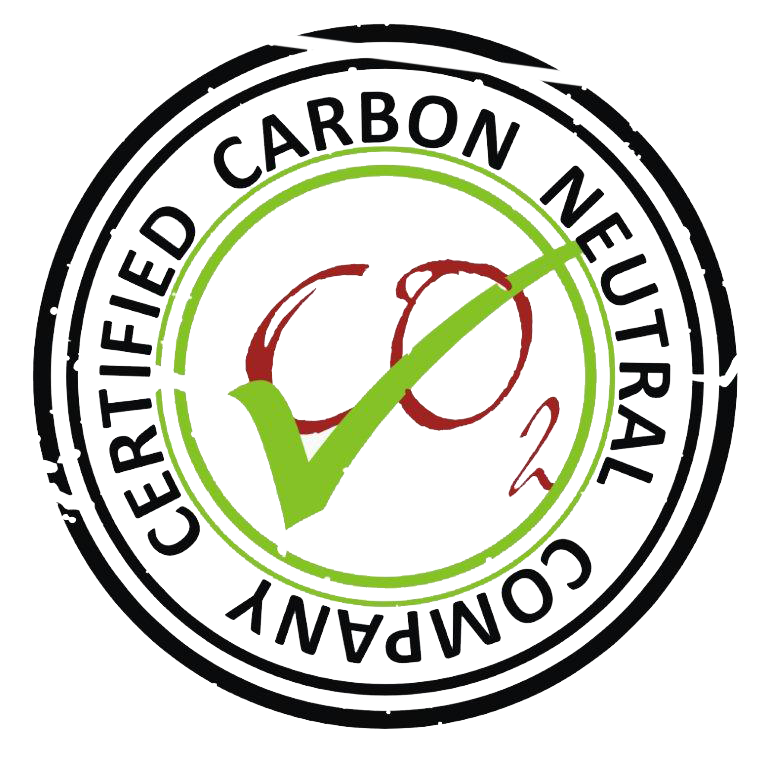Glossary
Adaptation
Changes in policies and practices designed to deal with climate threats and risks. Adaptation can refer to changes that protect livelihoods, prevent loss of lives, or protect economic assets and the environment. Examples include changing agricultural crops to deal with changing seasons and weather patterns, increasing water conservation to deal with changing rainfall levels, and developing medicines and preventive behaviors to deal with spreading diseases.
 Annex countries
Groups of nations (for example, Annex 1 or Annex B) with different obligations under international climate agreements. Under the U.N. Framework Convention on Climate Change, Annex 1 countries include industrial countries and economies in transition that agreed to reduce their greenhouse gas emissions to 1990 levels collectively. Annex 2 countries are industrial countries that committed to help developing countries by providing them with technology, financial assistance, and other resources. Annex B countries have assigned emission reduction targets under the Kyoto Protocol. The category non- Annex 1 includes countries that are the most vulnerable to climate change. Some countries are included in more than one Annex.
Anthropogenic emissions
Greenhouse gas emissions caused by human activities. Also includes emissions of GHG precursors and aerosols.
Atmospheric concentration
A measure used by climate scientists to register the level of greenhouse gases in the Earth’s atmosphere. Atmospheric concentration is often measured in parts per million of carbon dioxide.
Baseline
Baseline is the term used for the first carbon footprint audit revering to your starting point against which your annual carbon audit will be measured against.
Black carbon
Soot and other aerosol particles that come from the incomplete combustion of fossil fuels. Black carbon increases atmospheric warming by lowering the reflectivity of snow, clouds, and other surfaces and by absorbing heat from the sun.
Carbon capture and storage (CCS)
A process in which carbon dioxide is separated and captured during energy production or industrial processes and subsequently stored (often by pumping it underground) rather than released into the atmosphere. Also known as carbon capture and sequestration.
Carbon dioxide equivalent (CO2eq)
A unit of measurement used to compare the climate effects of all greenhouse gases to each other. CO2eq is calculated by multiplying the quantity of a greenhouse gas by its global warming potential.
Carbon Credit
Credit earned by keeping one ton of carbon dioxide from entering the atmosphere through a specific act or process.
Carbon dioxide intensity and carbon dioxide per capita
Alternatives to total emissions for measuring a nation’s greenhouse gas emissions. Carbon intensity measures emissions per unit of gross domestic product. CO2 per capita measures emissions per person. Both measures can be used to look at emission differences between nations. For example, while China has recently taken the lead in total greenhouse gas emissions, its per capita emissions level is far lower than that in most industrial countries.
Carbon tax
A tax levied on carbon dioxide emissions that aims to reduce the total amount of greenhouse gas emissions by setting a price on pollution.
Cap and Trade
A limit put on greenhouse gas emissions where a maximum cap has been set to a certain unit of pollution level for a specific region or nation. If less is polluted than the set cap amount for the specific company or government the credit earned can be traded with those that are not able to meet the requirements or set cap.
Carbon Dioxide ( CO 2)
CO2 is the gas given off by most everyday activities. For example; Cars giving off CO 2 emissions, factories releasing CO2 emissions by burning materials. CO 2 is the gas measured for Greenhouse gas emissions.
Carbon Pool
Area of land, air or sea that has the ability to accumulate GHGs that are removed or captured from the atmosphere.
Clean DevelopmentMechanism (CDM)
A mechanism under the Kyoto Protocol that allows industrial countries to meet their emission reduction targets by investing in low- or no-emission projects in developing nations.
Emission Trading
It is the approach to reduce greenhouse gas emissions through trading. Earned credits can be sold to those countries or companies that went over the maximum cap.
Emission Reduction Unit (ERU)
One metric ton of carbon dioxide equivalent that is reduced or sequestered. Under the Clean DevelopmentMechanism, industrial countries earn certified emission reduction units (CERs) for projects in developing countries that can be applied toward their national reduction targets. Countries can also earn emission reduction units under the Joint Implementation mechanism.
Global warming potential (GWP)
A measurement of the relative strength and potency of a greenhouse gas as well as its projected life span in the atmosphere. GWP is based on carbon dioxide, the most common greenhouse gas, and allows comparisons among different greenhouse gases.
Greenhouse development rights
Within the context of climate change obligations, the principle that all societies have a fundamental right to reduce poverty, achieve food security, increase literacy and education rates, and pursue other development goals. Societies or countries below a certain income level are excluded from greenhouse gas emission reduction scenarios and are expected to concentrate their resources on raising their standard of living rather than lowering emissions.
Greenhouse Gas Emissions
Gasses from the earth that in natural quantities form a thin layer in the atmosphere regulating the temperature allowing life on earth to exist. Since the industrial revolution the excessive buildup of GHGs has caused “global warming”.
Intergovernmental Panel on Climate Change (IPCC)
The international scientific body established by the World Meteorological Organization and the U.N. Environment Programme in 1988 to provide an objective and neutral source of information on climate change. The IPCC releases periodic assessment reports that are reviewed and approved by experts and governments.
The IPCC
Intergovernmental Panel of Climate Change ) is the international scientific body established in 1988 to provide an objective source of information on climate change.
Joint Implementation (JI)
An initiative of the Kyoto Protocol that allows industrial countries to earn emission reduction credits by investing in reduction projects in other industrial countries.
Land use, land use change, and forestry (LULUCF)
Land use is the set of activities that occur on any given parcel of land, such as grazing, forestry, or urban living. Changes to land use such as converting forestland to agriculture can release significant amounts of greenhouse gases. These activities are considered during climate negotiations and when planning emission reductions.
Mean sea level
The average global sea level over time. Mean sea level eliminates variations due to tides, waves, and other disturbances. Sea level is affected by the shape of ocean basins, changes in water quantity, and changes in water density.
Kyoto Protocol
Is an agreement by 37 countries together with the European Union reducing their anthropogenic greenhouse gasses by 5 % collectively from baseline 1990 levels by the end of the first commitment period from 2008-2012.
Mitigation
Human action taken to permanently eliminate or to reduce the source causing Greenhouse gasses.
Offsetting
Is a result of reducing your emissions by purchasing credits. Creating a more stable level of Greenhouse gasses in the atmosphere.
Parts per million (ppm)
A ratio-based measure of the concentration of greenhouse gases in the atmosphere. Carbon dioxide is usually measured in parts per million; in 2007 the atmospheric concentration of carbon dioxide passed 384 ppm, an increase of more than 100 ppm since 1750. Other less widespread greenhouse gases may be measured in parts per billion or parts per trillion.
Peak date
The year that atmospheric concentrations of greenhouse gases must stop growing and begin declining if a given target concentration is to be achieved.
Reducing emissions from deforestation and degradation (REDD)
A policy that aims to reduce greenhouse gas emissions from deforestation and forest degradation.
Resilience
The ability of natural or human systems to survive in the face of great change. To be resilient, a system must be able to adapt to changing circumstances and develop new ways to thrive.
Soil Carbon
Carbon content stored in the soil matter.
Source
Process or activity releasing Greenhouse gasses into the atmosphere.
Sink
An activity, mechanism, or process that removes greenhouse gases, their precursors, or other small aerosols from the atmosphere. Removals typically occur in forests (which remove carbon dioxide from the atmosphere during photosynthesis), soils, and oceans.
Stabilization
The point at which the climate is stable and not undergoing additional systemic changes.
Surface temperature (global)
An estimate of the average surface air temperature across the globe.
Technology transfer
The flow of knowledge, equipment, and resources among stakeholders that helps countries, communities, firms, or other entities adapt to or mitigate climate change.
UNFCCC
The United Nations Framework Convention of Climate Change started in 1992 establishing general principals to stabilize greenhouse gas concentrations and prevent human-induced interference with the climate systems.
Vulnerability
The degree to which an ecosystem or society faces survival risks due to adverse climate changes. Vulnerability includes susceptibility as well as the ability to adapt. The level of vulnerability determines whether an ecosystem or society can be resilient in the face of climate change.



